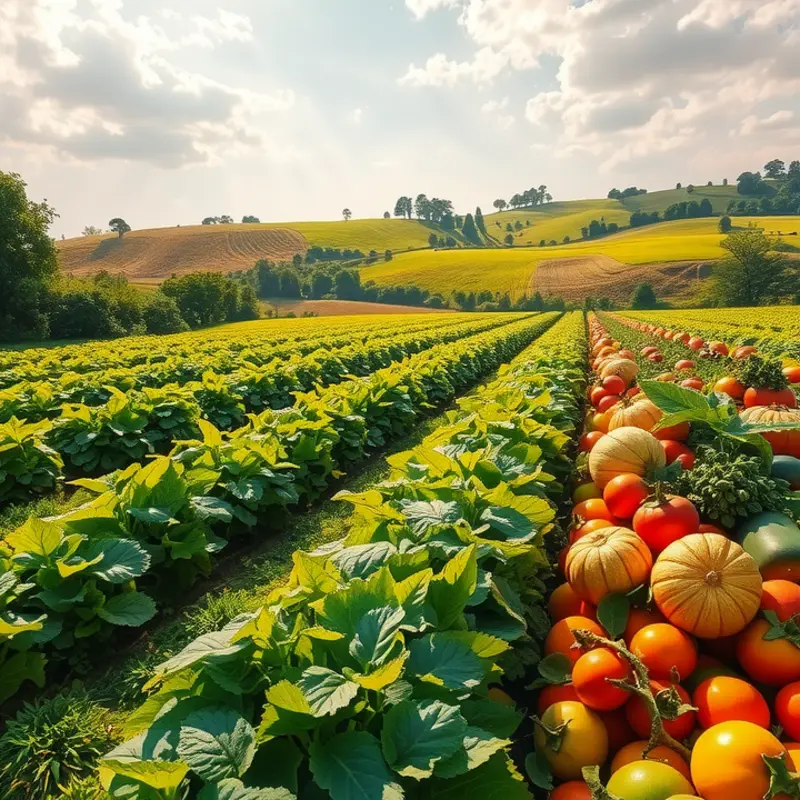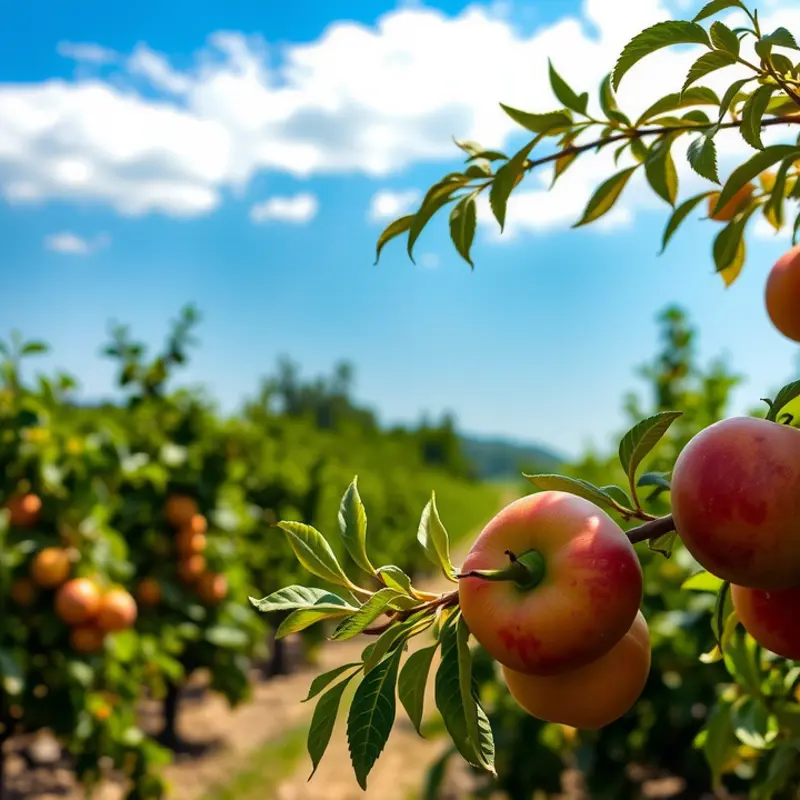As the world faces environmental challenges, it’s crucial to adopt sustainable eating practices that benefit both our health and the planet. Portion control is not just about eating less; it’s a powerful strategy that promotes mindful consumption, reduces waste, and supports eco-friendly food choices. By focusing on reasonable portions, we encourage a holistic approach to nutrition and sustainability. This article delves into practical ways to embrace environmentally-friendly portion control, inspiring conscious choices that resonate with eco-conscious individuals.
Harnessing the Power of Mindful Portion Control

Mindful eating is a practice steeped in awareness, offering a fresh perspective on how we consume food. The journey toward mindful portion control begins with acknowledging the intricate relationships we have with our meals. Every mindful bite is a conscious choice to engage fully and interrupt habitual eating patterns. By focusing on the principles of mindfulness, we can reduce food waste and enhance our enjoyment of each meal.
A powerful technique in mindful eating is to savor each bite. Instead of rushing through meals, allow flavors and textures to unfold slowly. This method heightens sensory awareness, making it easier to recognize when one is satisfied, not stuffed. Paying attention to internal hunger and fullness cues can significantly influence portion sizes, naturally reducing them when necessary.
Another key component is the deliberate act of meal planning. By thoughtfully planning meals, we can prevent over-preparation and consequent food waste. Visiting the pantry, take stock of ingredients before heading to the store, acknowledging what you truly need. Planning meals around what is already available fosters an environmentally-friendly eating routine. Consulting resources like this practical ingredient batching guide can streamline this process, making sustainable choices more straightforward and efficient.
Embrace the art of mindful portioning analogous to the Japanese practice of “hara hachi bu,” eating until you are 80% full. This practice discourages the cultural norm of ‘cleaning the plate,’ which often leads to overeating. By serving meals on smaller plates, you create a visual illusion of abundance, helping control portion sizes without relying on willpower alone.
To further integrate mindful eating, engage in the practice of food celebration. Recognizing the journey from farm to table can deepen respect for the food we consume. This connection reminds us of the labor and resources behind each meal, fostering gratitude and discouraging waste. Consider taking a moment of reflection before eating as a simple yet profound practice to honor this process.
By systematically weaving these habits into daily routines, the path to mindful portion control becomes clearer. Awareness at mealtime not only strengthens our relationship with food but also contributes to a larger ecological balance, reducing the strain on food resources. Embracing mindful eating is, therefore, a vital step towards a sustainable lifestyle, benefiting both our well-being and the environment.
Eco-Conscious Portioning: Serving Size Strategies

Adopting eco-conscious portioning strategies can significantly enhance both personal health and sustainability goals. A crucial starting point lies in the utilization of kitchen tools to maintain mindful serving sizes. Consider the plate method, a simple yet effective approach. By dedicating half of your plate to vegetables, preferably seasonal and locally sourced, you not only boost nutritional intake but also support sustainable agriculture. This tactic aligns with eco-friendly eating habits, reducing the carbon footprint associated with long-distance food transportation.
Bowls can play a pivotal role in portion control as well. Selecting smaller bowls for meals naturally limits the quantity of food consumed, reducing the likelihood of overeating. It also encourages individuals to savor each bite, fostering a mindful relationship with food. Embracing this mindful approach aids in appreciating flavors more deeply and recognizing natural hunger cues.
Organizing your pantry with an eco-centric ethos can further streamline portion control. Store staples such as grains, legumes, and nuts in transparent, reusable containers. This not only minimizes plastic waste but also allows for easy measurement of ingredients. With clear visibility, it’s easier to assess and plan portion sizes appropriately, minimizing food waste and promoting more sustainable consumption patterns.
While tools and organization strategies lay a solid foundation, the type of produce selected can elegantly inform portion decisions. Emphasizing seasonal and local produce not only guarantees fresher flavors and nutrient density but also supports community farmers. For instance, aim to incorporate winter squash during colder months and fresh berries in the summer. Such choices align servings with natural harvest cycles, which can further stimulate culinary creativity.
Integrating eco-conscious strategies into precise portioning practices doesn’t imply sacrificing taste or diversity. Rather, it challenges us to refine our culinary skills to accommodate local ingredients creatively. Moreover, prioritizing local produce often results in a varied diet throughout the year, promoting a holistic and nutrient-rich approach to eating.
For more inspiration on how to seamlessly incorporate seasonal elements into your meals with minimal effort, explore these practical ingredient batching techniques. Such methods can help streamline meal preparation and enhance sustainability in day-to-day cooking.
Ultimately, mindful portioning married with eco-friendly choices can nurture a more fulfilling and sustainable food experience. These strategies lead to a balanced lifestyle, benefiting both personal health and the environment.
Final words
As you embrace environmentally-friendly portion control, you’re not simply adjusting your plate; you’re participating in a larger movement toward sustainability and conscious living. Mindful eating invites us to appreciate our food, reduce waste, and support local farmers, creating a ripple effect that benefits the environment. By applying simple strategies in your daily routine, like focusing on reasonable serving sizes and choosing seasonal produce, you can play a vital role in promoting a healthier planet. Remember, every small change in your eating habits contributes significantly to the well-being of the earth and future generations.








